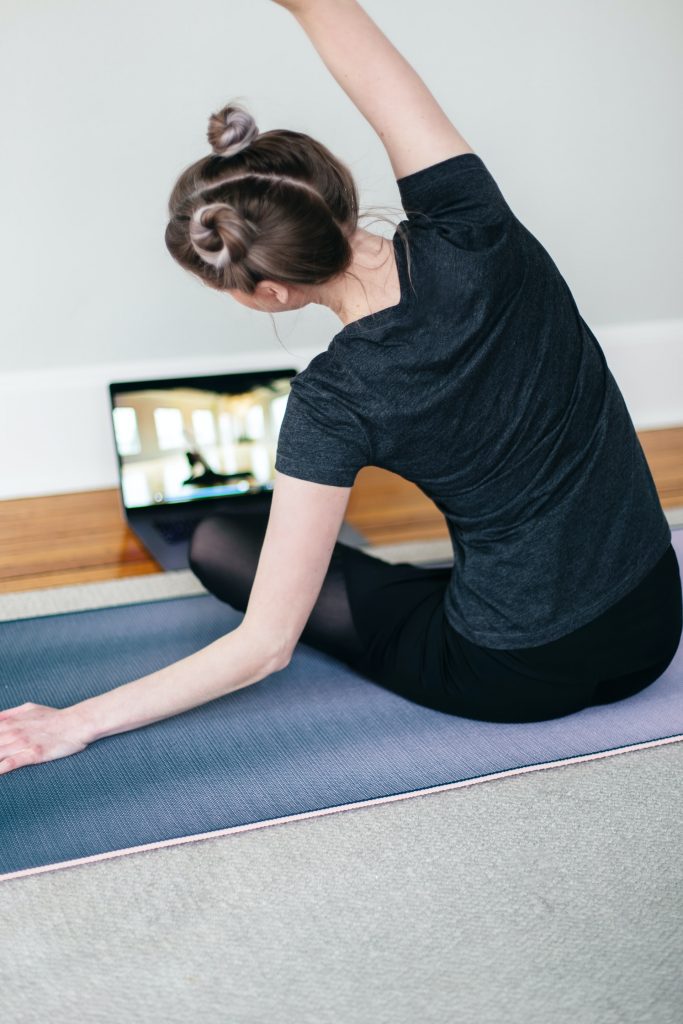To stretch or not to stretch, that is the million dollar question. While stretching has long been part of many people’s workout routine, there are varying opinions on whether stretching makes a difference or not, or if one should even do stretching before workout.
The answer, according to experts, depends on whether you are actually doing it properly or not.
Why stretch?

The American College of Sports Medicine “recommends stretching major muscles at least two times a week”, with each exercise spanning 60 seconds, in order to improve range of motion, particularly in the hips and hamstrings.This is especially helpful when you are regularly engaged in tasks that require you to sit or stand for prolonged periods of time.
With proper stretching, you can reap these benefits:
- Enhanced flexibility
- Improved physical fitness
- Better skilled movements
- Relaxation and increased awareness of both body and mind,
- Reduced risk of musculoskeletal injury
- Reduced tension and soreness of muscles
- Lubrication of connective tissues
- For women, stretching can even aid in dysmenorrhea.
The key words, however, are proper stretching, which brings us to the concept of warming up.
Is stretching the same as warmup?

Many people mistake stretching to be the same as warmup, but it’s actually not! It is a part of warmup exercises, which are done to raise your body’s temperature to about 1-2 degrees Celsius.
Proper warmup starts with general warmup, then stretching, then a sport-specific activity like jogging.
Proper stretching, therefore, means that you need to do warm-up prior to stretching in order to raise the temperature of or warm up the muscles first. When the temperature of the body increases, blood flow to the muscles and the rest of the body, including the hearts and lungs, also increases, delivering oxygen, which is vital for muscles to have energy to perform well and loosen. The boost in oxygen and blood flow is also crucial in sending the nerve signals to your brain for muscle reactivity.
Proper warmup helps enhance the coordination of the joints, tendons, bones, and muscles, and helps make the latter more elastic. Stretching alone cannot achieve this and may even be counterproductive (when done alone on its own, sans warmup). Warming up ensures that your body is ready for activity.
Common stretching mistakes

To help prevent injuries, here are some common stretching mistakes:
- Improper or doing no warm-up at all
- Not resting between workout routines or insufficient rest
- Overstretching
- Doing the wrong exercises or in the wrong sequence
Properly warming up and stretching
To get started, experts recommend at least 10 minutes of light warmup, which may include light aerobics and dynamic stretching. After this, you can do dynamic stretches, which are stretches that move one specific muscle group through a range of motion. You can also do static stretches, which involves stretching your muscles to the fullest, then holding it for about 15 seconds or more.
Be sure to follow these guidelines for stretching before workout to gain the maximum benefits of pre-workout stretches.




